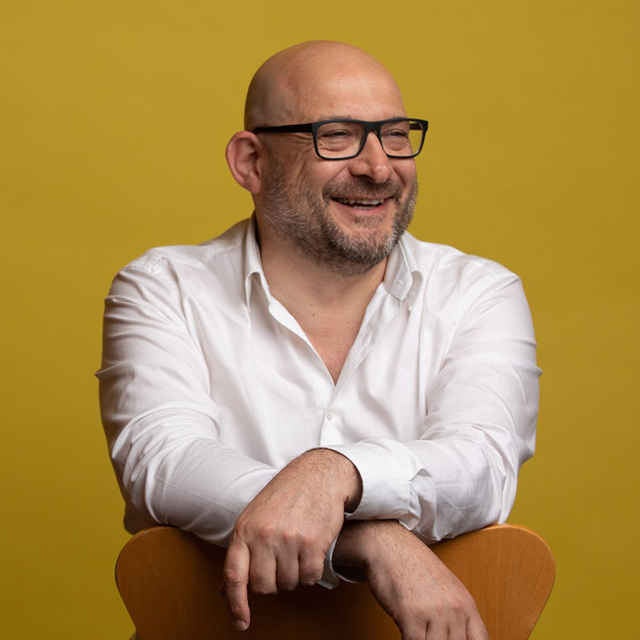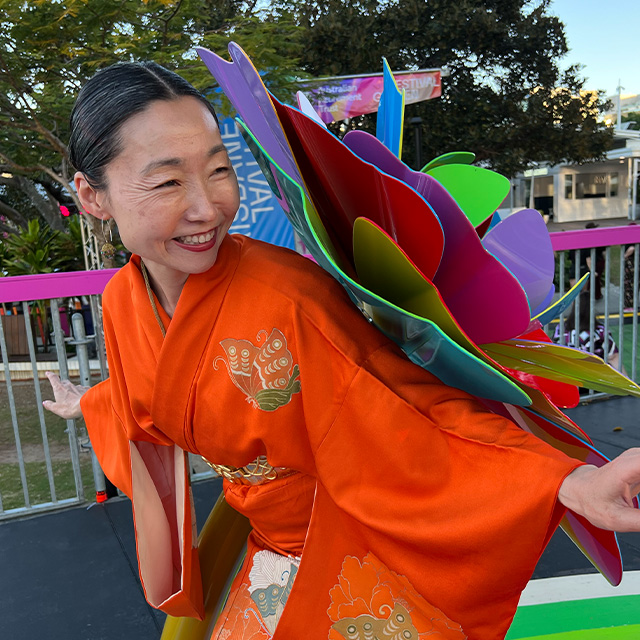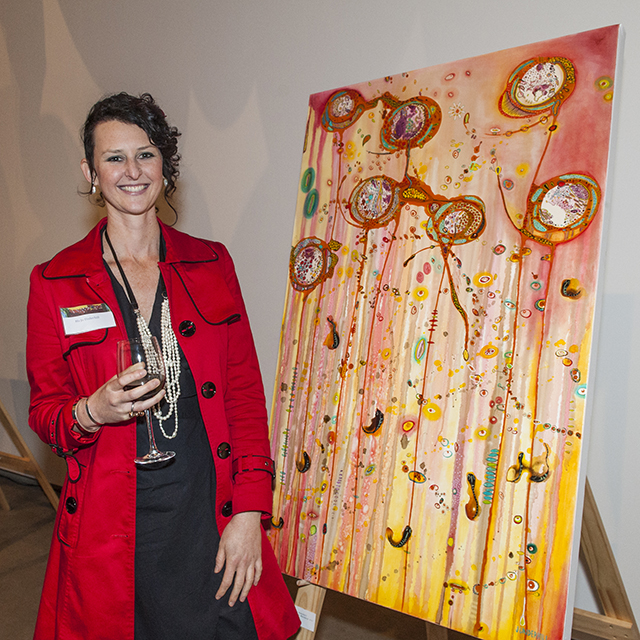IMB actively explores the intersection of art and science to communicate complex concepts and create innovative solutions
IMB supports a robust program of interdisciplinary projects encompassing artist residencies, workshops, and new commissions. Through a collaborative approach, we aim to discover and celebrate new perspectives that push the frontiers of art and science.
Donate to research
The history of art at IMB
There has been a culture of celebrating art within the IMB for almost as long as the Institute has existed. When IMB was first founded in the year 2000, one of its very early community engagement initiatives was to run a national art and science competition.
In the years since then, the Institute also hosted an artist in residence, the late Joannah Underhill, who produced a stunning series of artworks that were inspired by studying cells from her own body under a microscope at IMB.
We still honour Jo’s memory today, through her art, which is printed on the lanyards that IMB researchers wear every day, and the presentation of ‘The Jo Underhill IMB Art Award’. This annual art competition is held especially for the scientists working within the IMB. It’s an opportunity for our staff and students to creatively share the stories of their own scientific research.
And, importantly, it gives them a chance to challenge their own scientific thinking … to explore their innate creativity … and to express it in new ways.
The link between art and science is deliberately nurtured at IMB as creativity is a vital part of the scientific process.

Scientists are artists
They use microscopes over modelling clay and bacterial cultures over blank canvases but share the imagination and innate curiosity that drives their artistic peers.
IMB Executive Director Professor Ian Henderson said artists and scientists are bound by a desire to answer big questions about the human condition.
“Both asking and answering these questions requires creativity and thinking outside the boundaries of the known, of going over the edge of knowledge and current thinking to learn something more and ultimately improve people’s lives,” Professor Henderson said.
Read more
Visiting Artist

Hiromi Tango
World-renowned artist Hiromi Tango continues to be inspired by the work at IMB, in particular, the research being carried out at the Craik lab. Professor Craik has pioneered the technique of growing medicines in plants and the work of him and his team has inspired Hiromi.
She created Dream Flower (2023) and Nature Etude (2023) which was shown at the Brisbane Festival in September 2023. She continutes to be inspired by IMB's research and has now created 花弁 Hanabira (Gentle Petal) (2024) which will be shown at the Museum of Brisbane from 2 March - 11 August 2024.
Find out more about Hiromi
Artist in Residence

Jo Underhill
With an honors Degree in Fine Art from The Queensland College of Art, Griffith University, Jo combined her artistic experience and playful approach to life through her art.
In October 2006, Jo was diagnosed with Hodgkins lymphoma cancer. During her battle, she teamed up with researchers here at IMB to understand the molecular changes in her body that occurred during the disease.
"I'm a very visual person, so when I was first diagnosed with cancer, I was trying to imagine what my cells would look like as they changed in response to the disease," - Jo Underhill.
Over several months, Jo studied, sketched and brought her inspirations to life creating more than twenty original artworks. Jo battled with the disease for 8 years, until sadly in 2014 Jo’s cancer took her life.
Art inspired by IMB
Subscribe to our newsletter
Get the latest research straight to your inbox.
Stay up-to-date as we answer questions about hot topics, and share the latest news at IMB, Australia’s #1 research institute.
General enquiries
+61 7 3346 2222
imb@imb.uq.edu.au
Media enquiries
IMB fully supports UQ's Reconciliation Action Plan and is implementing actions within our institute.
Support us
Donate to research
100% of donations go to the cause

